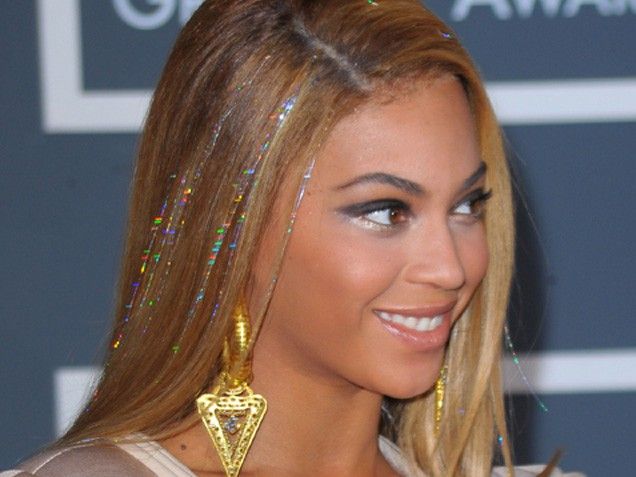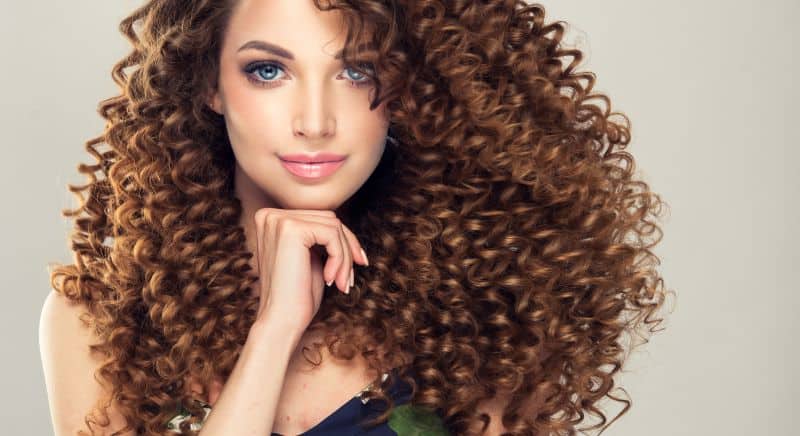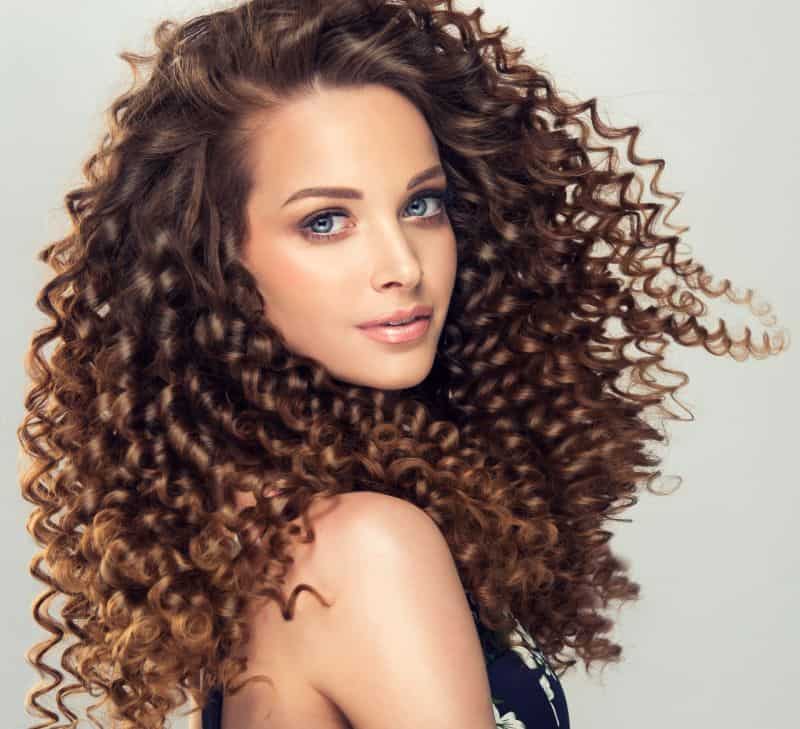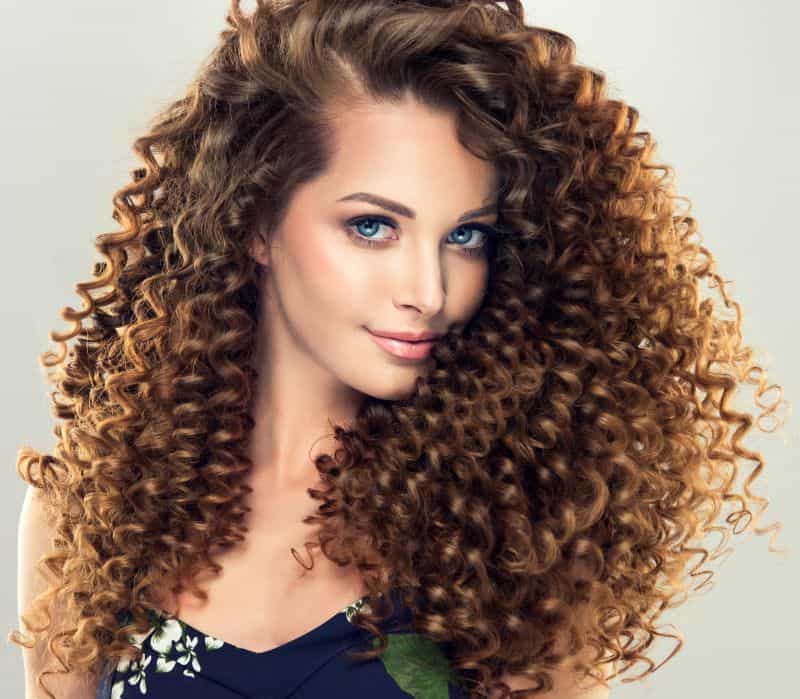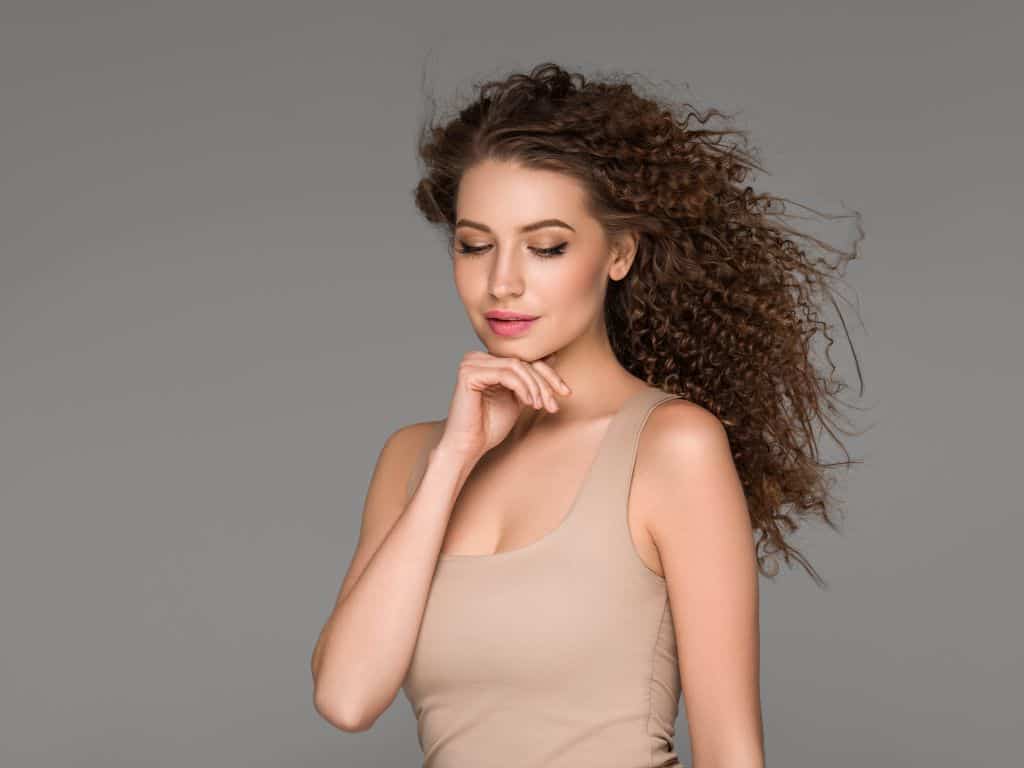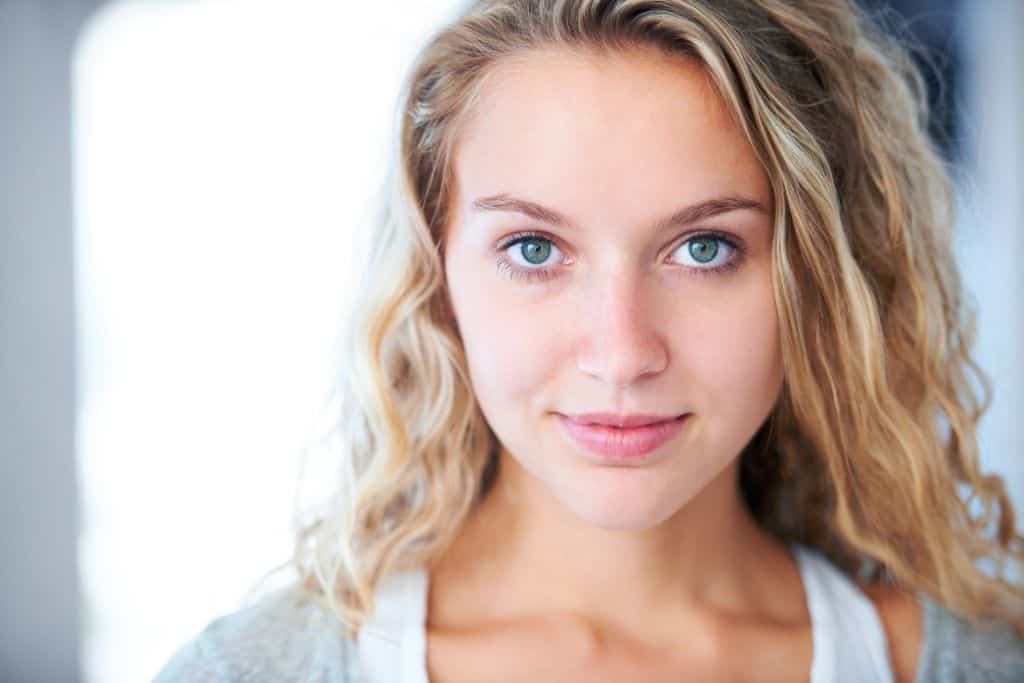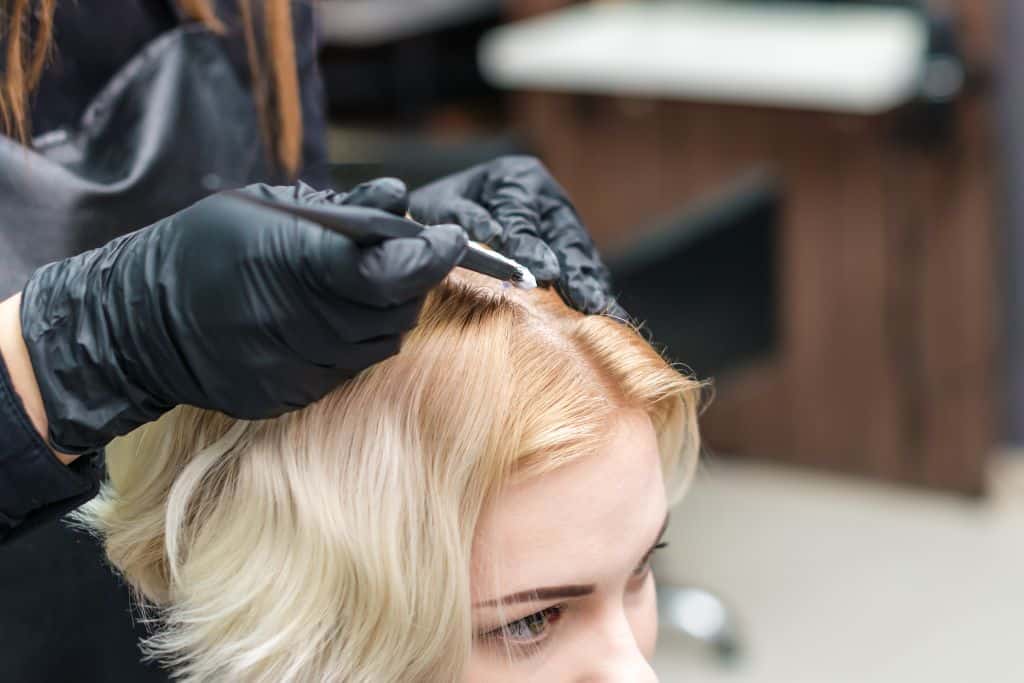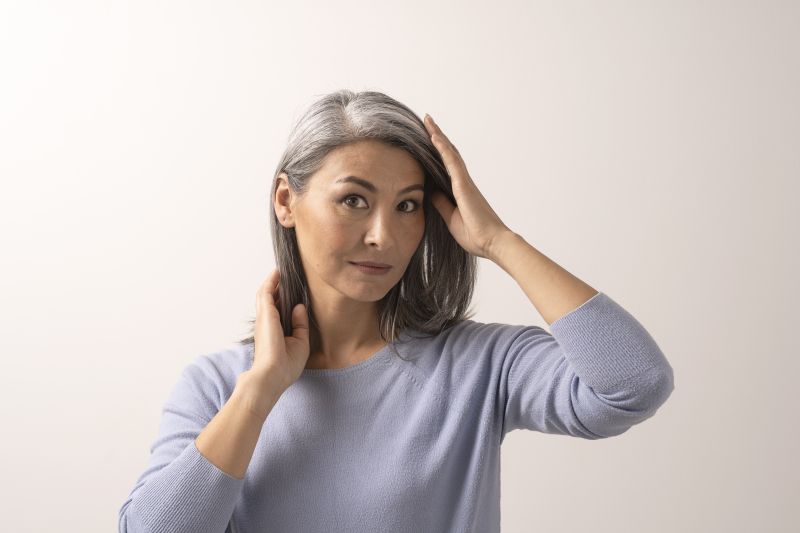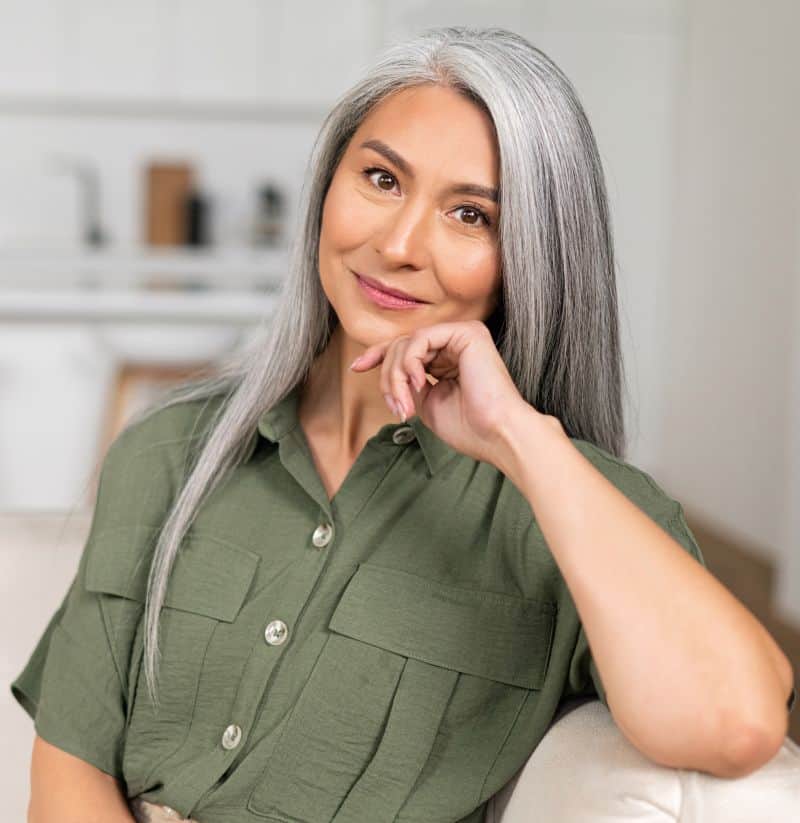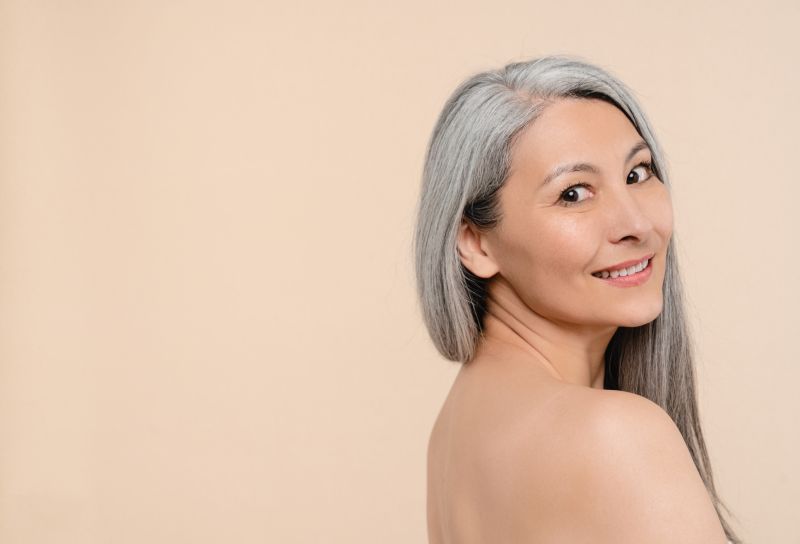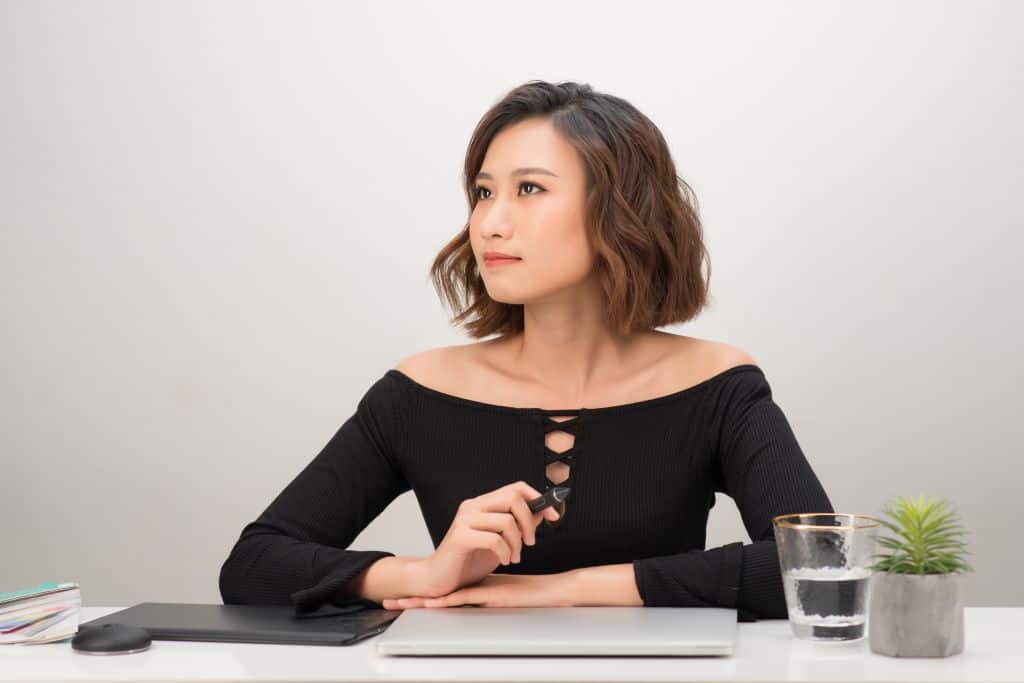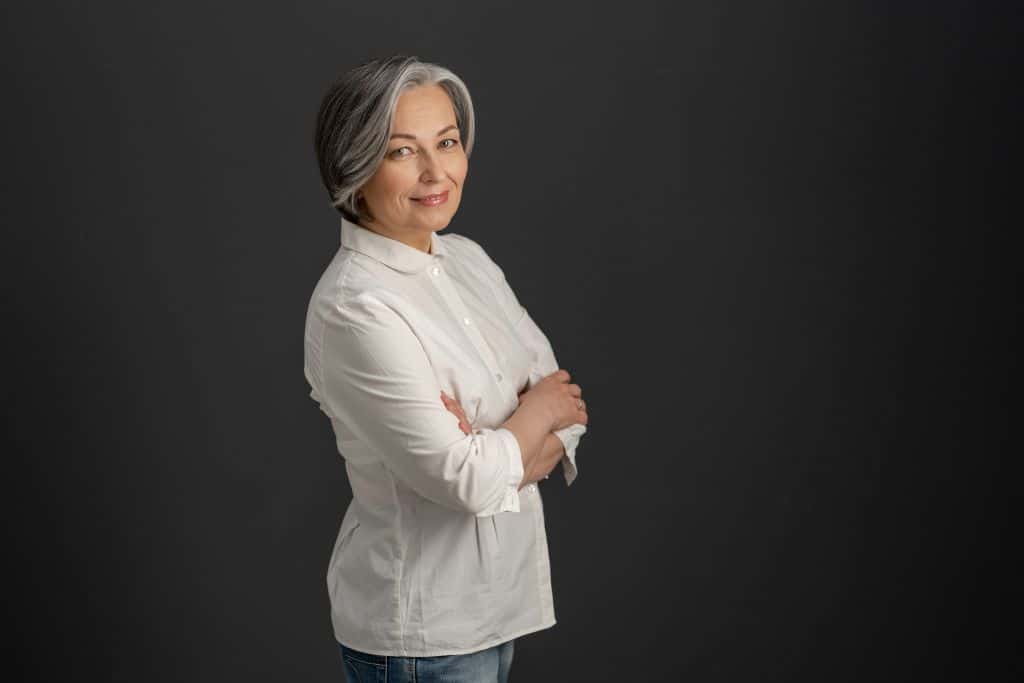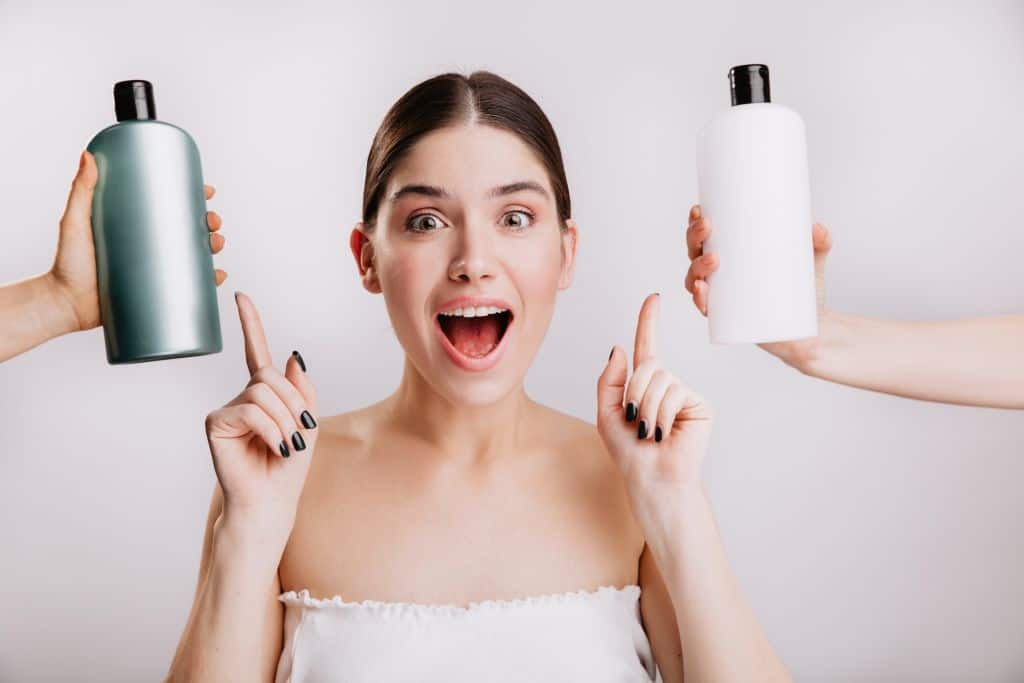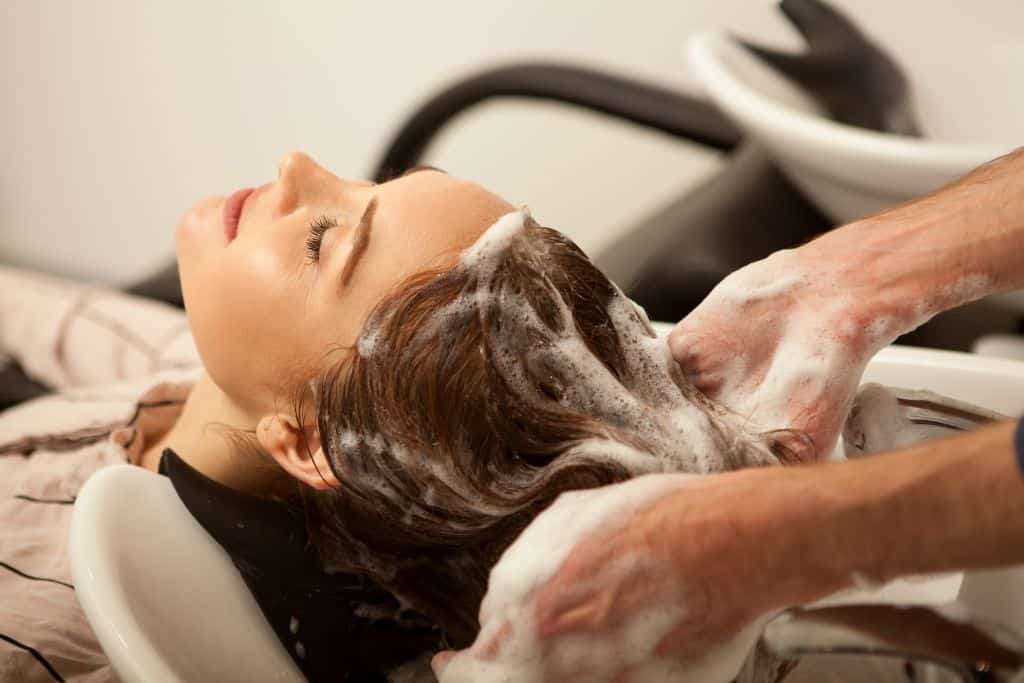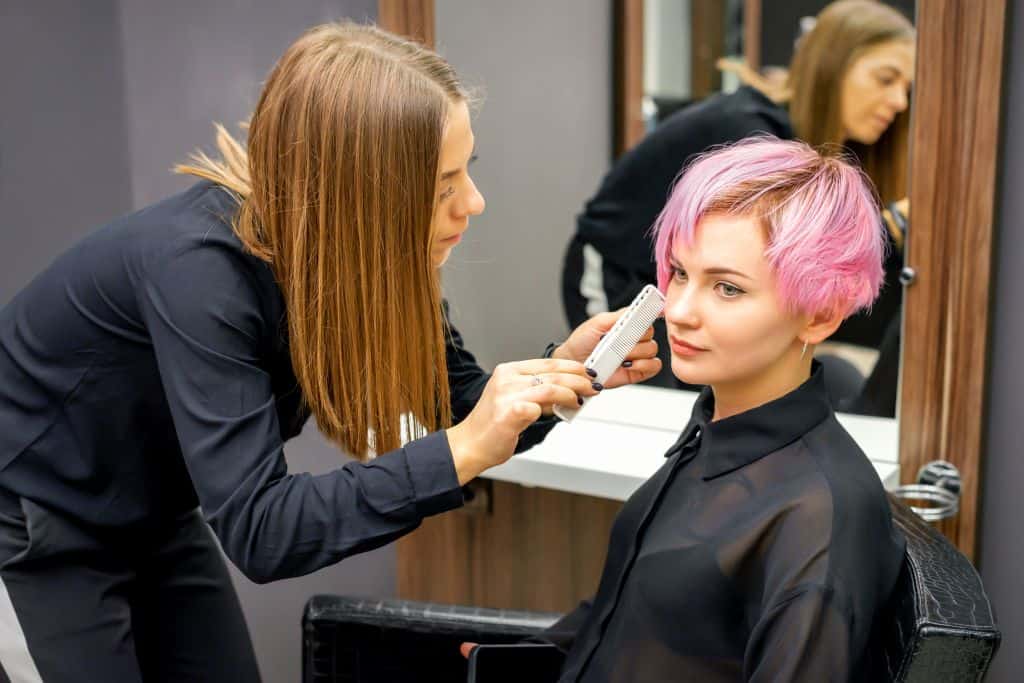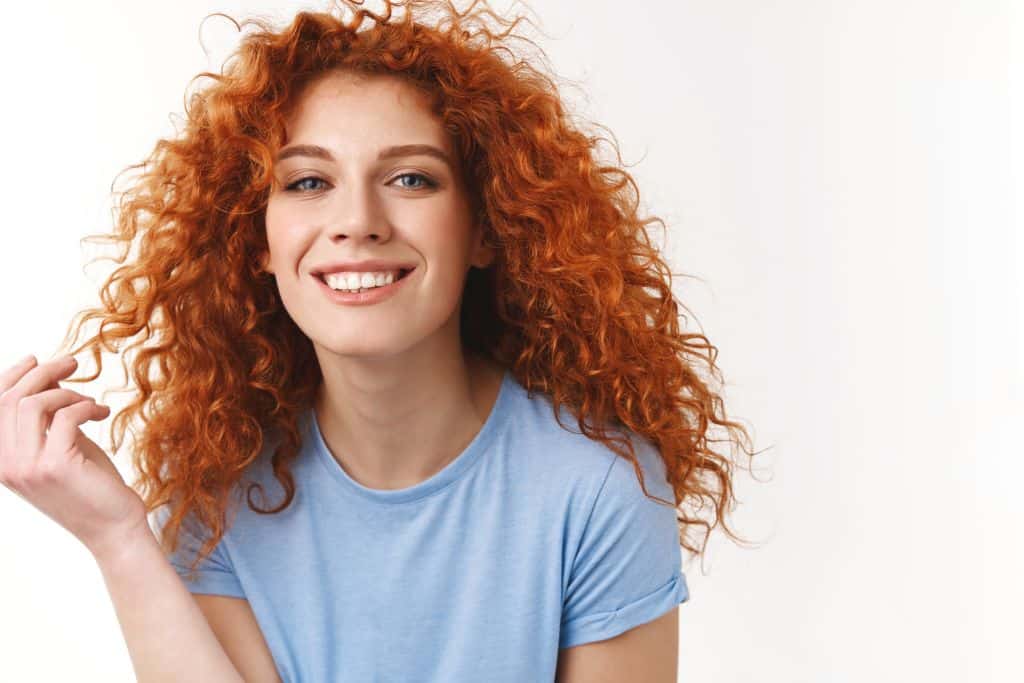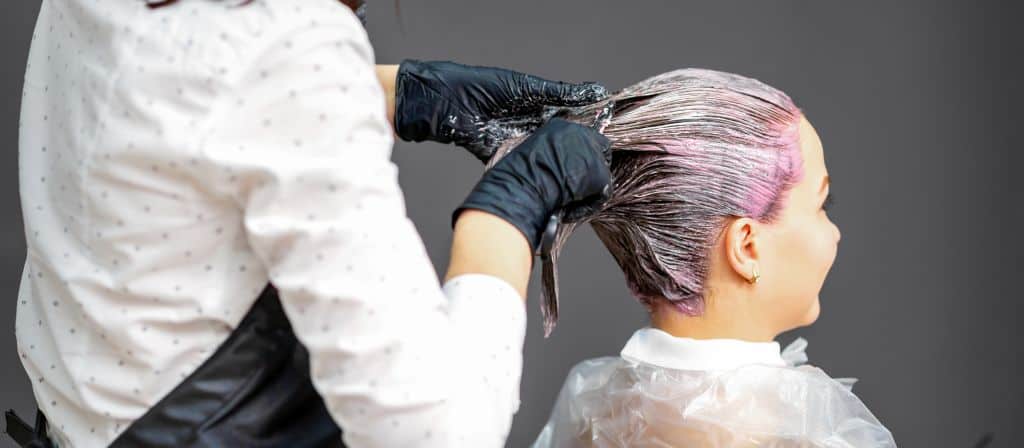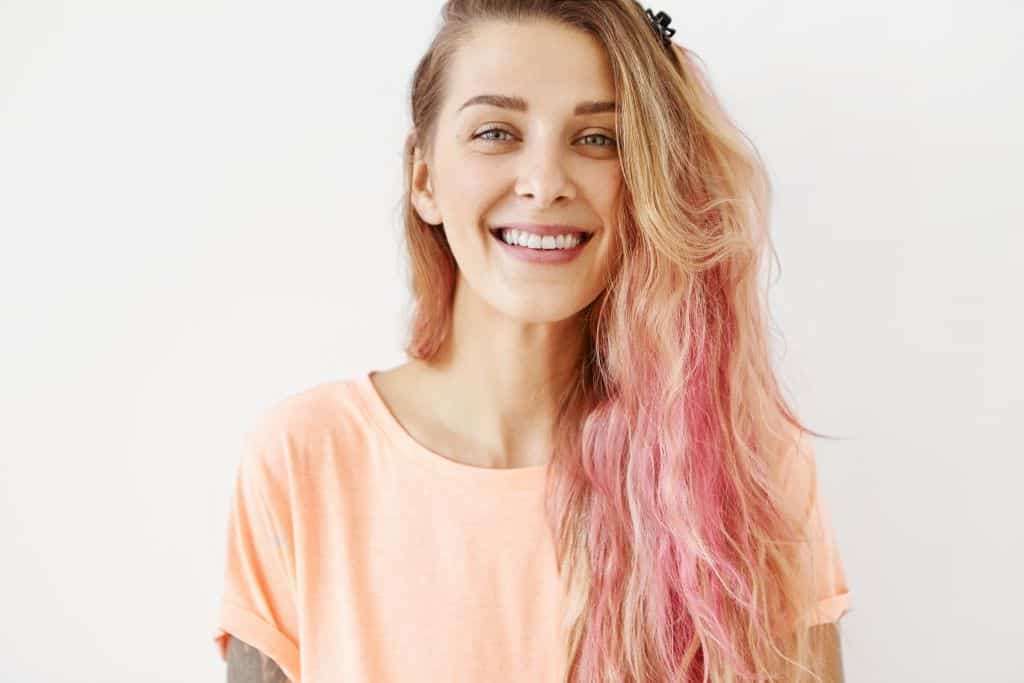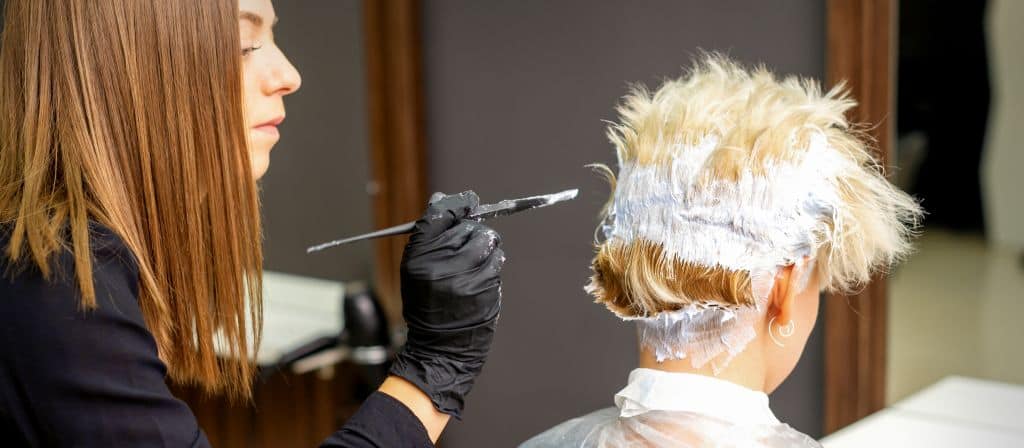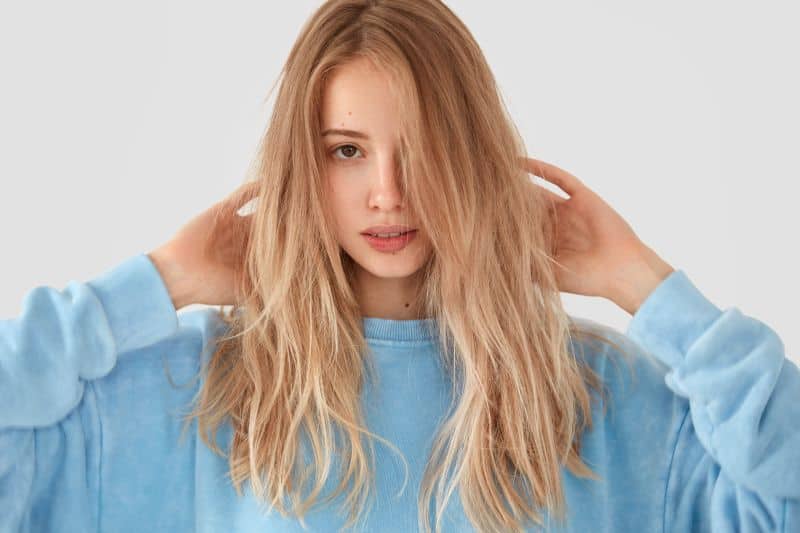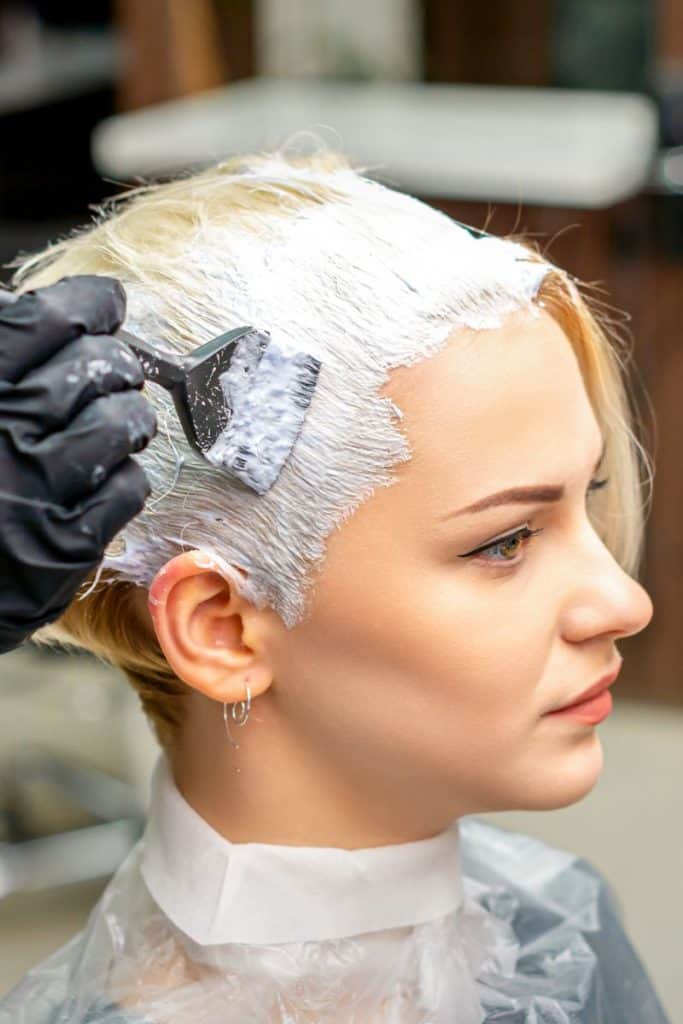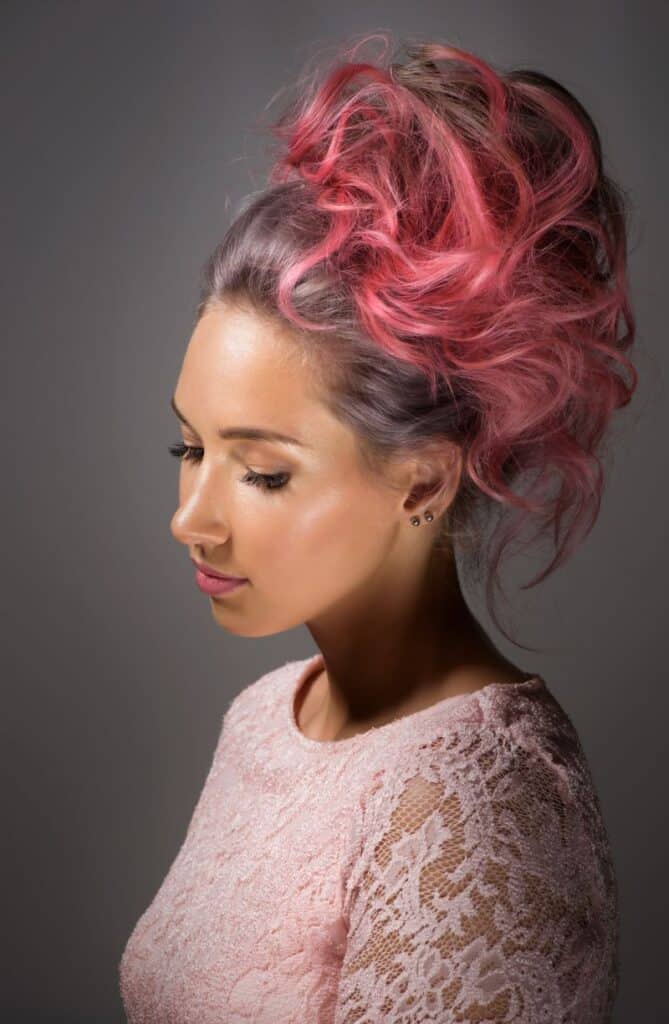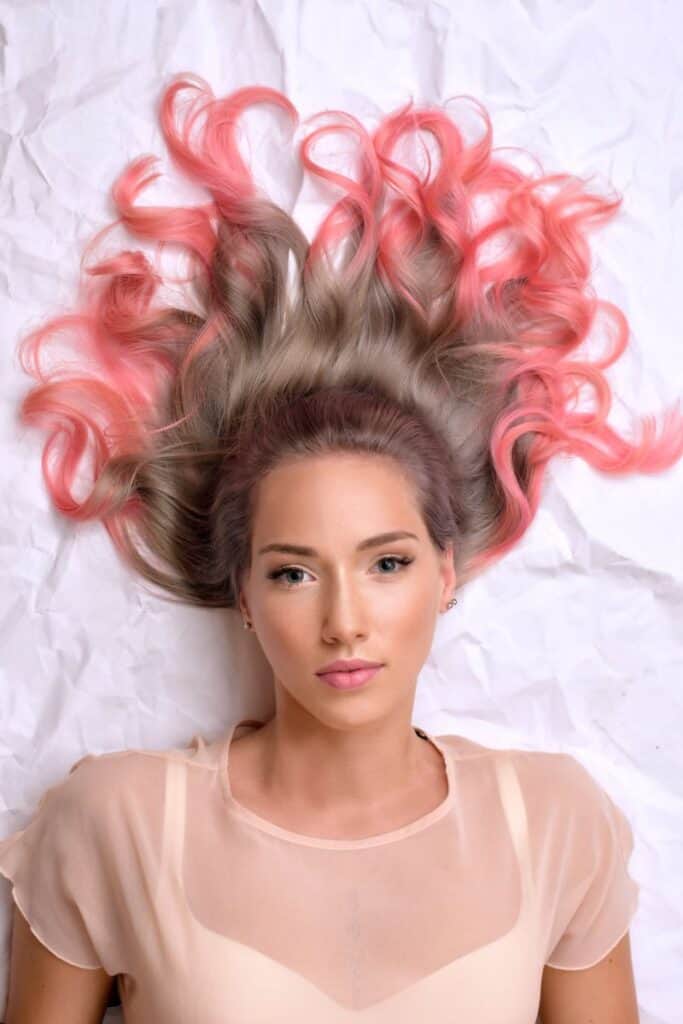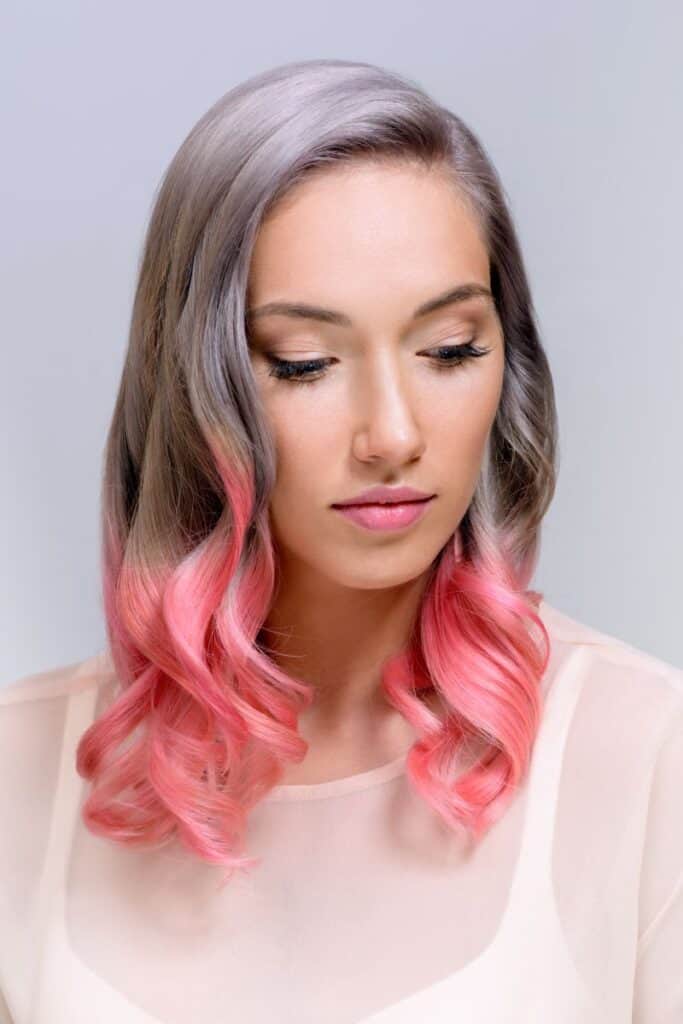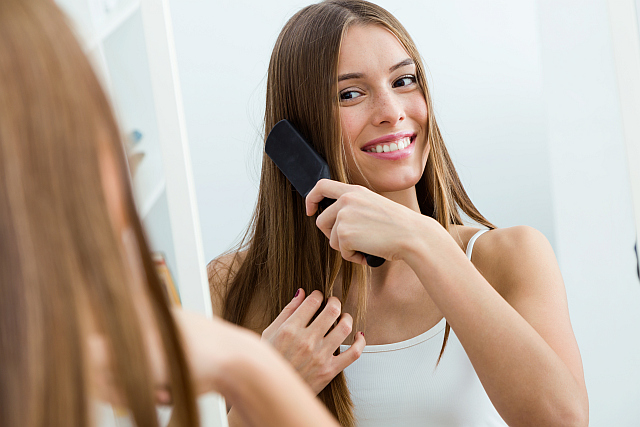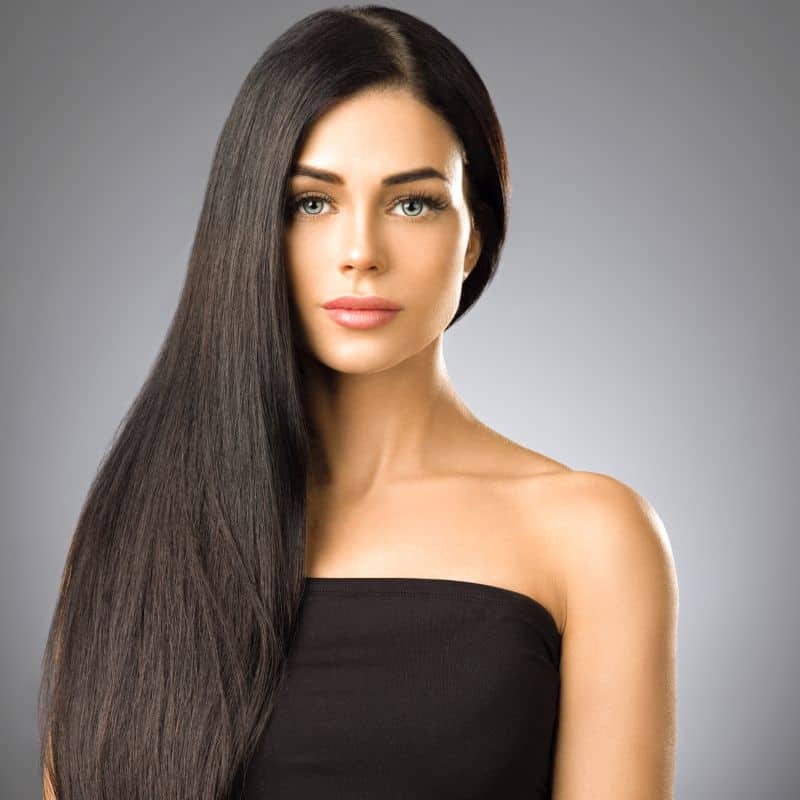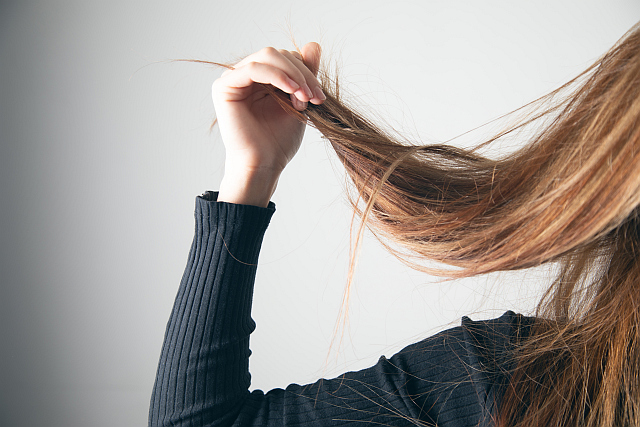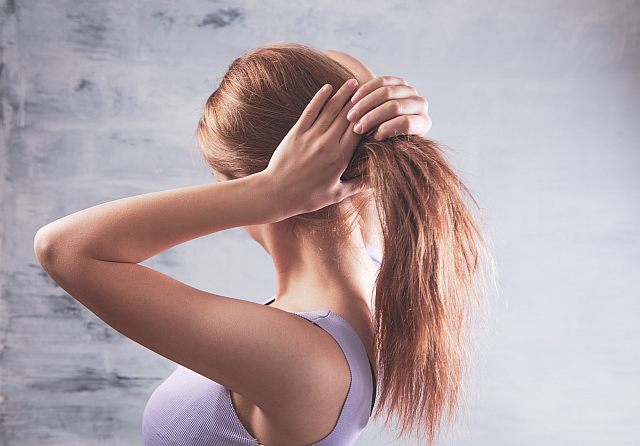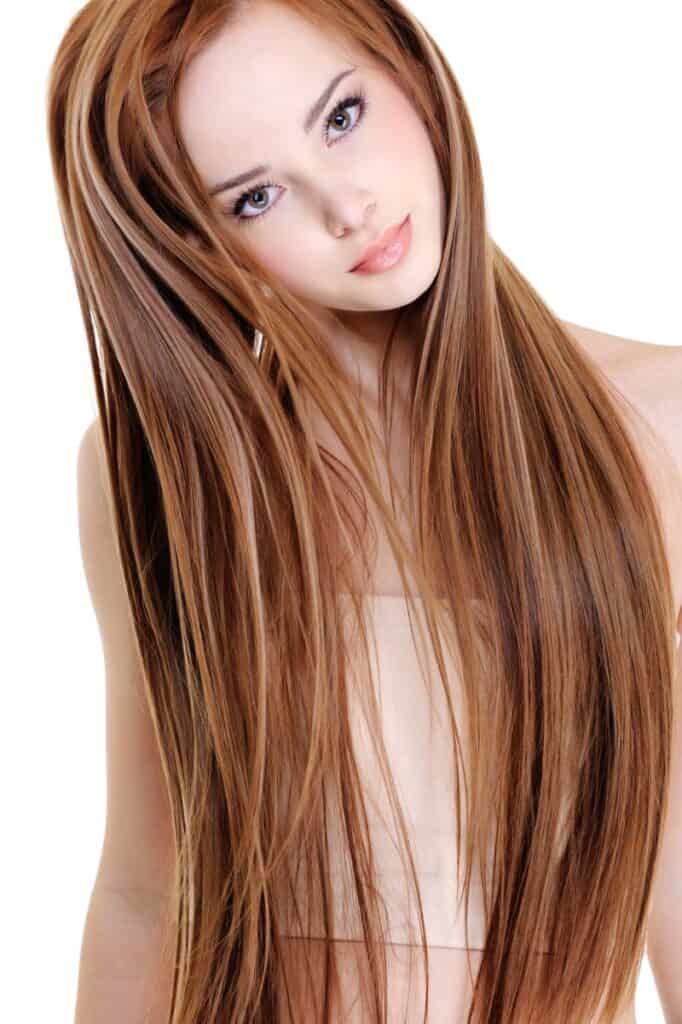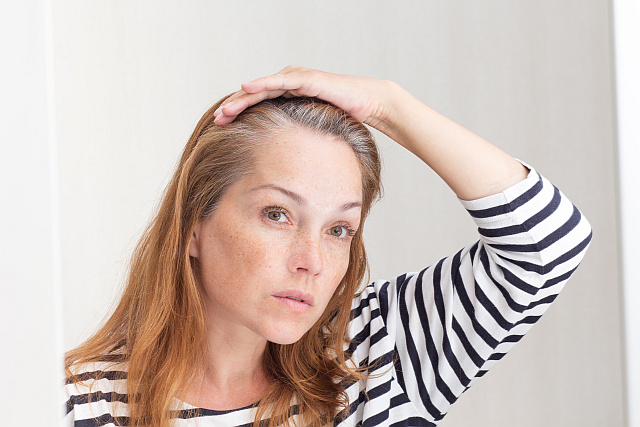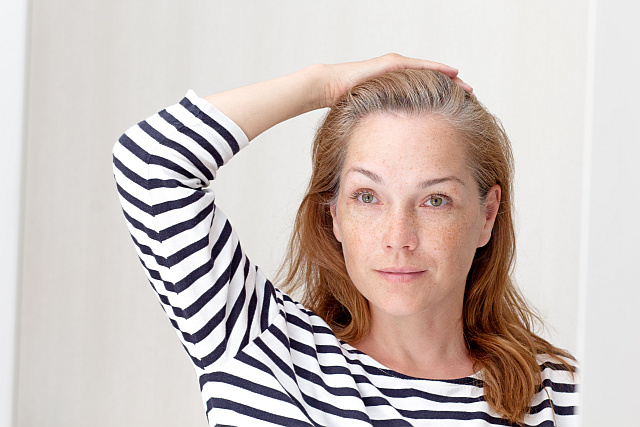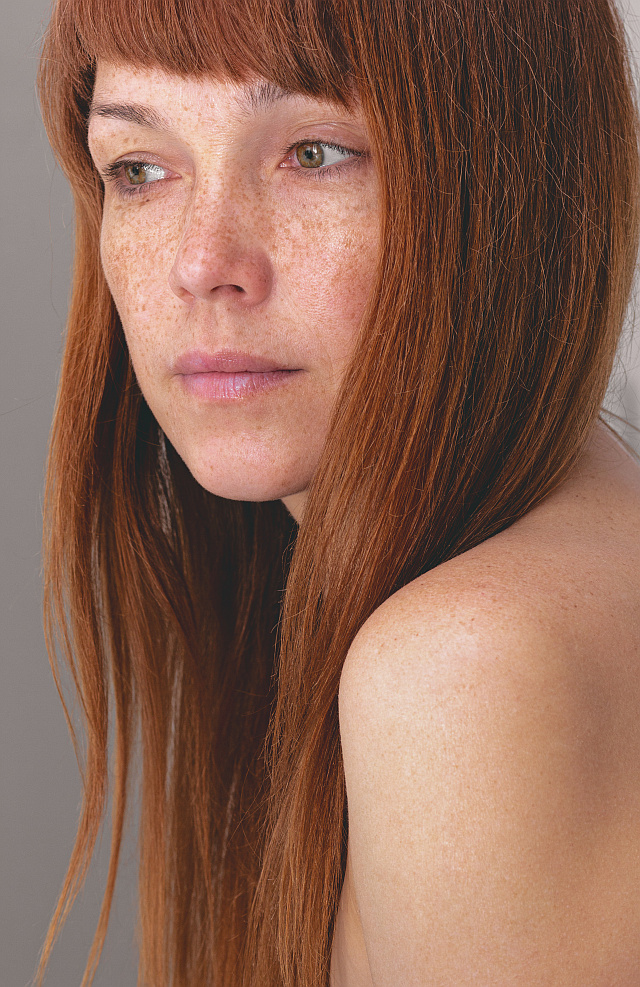So, you’re interested in professional color remover, and hairdresser tips for dark hair color removal? Well, you have just stumbled across some color correction advice straight from a professional hair colorist and hair blogger.
Removing dark hair color from your hair can be super challenging, even for hairstylists. So, I’ve put together a guide for different scenarios, helping you know how to fix too-dark hair dye. Maybe you want to know if you can lighten your hair after dying it dark, or how to fade hair color that is too dark, depending if you have permanent dark, temporary hair color, or toner, we have detailed how to fix hair color that is a too dark guide below.
How to Fix Hair Color That Is Too Dark
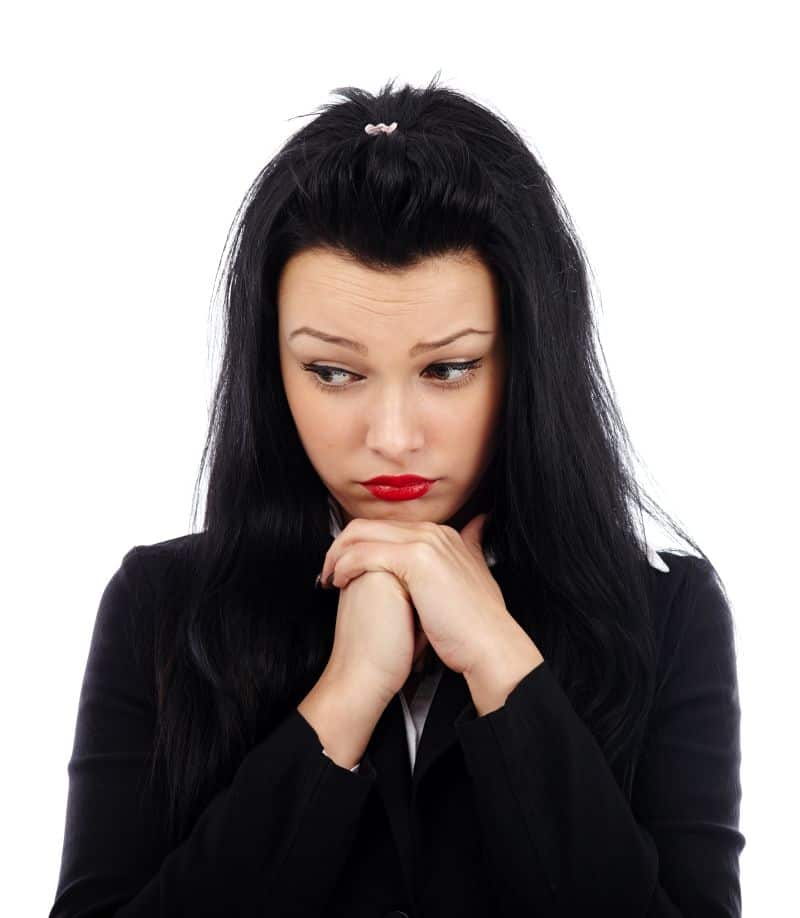
So, my rules are, to try to use the gentlest form of hair color removal for the scenario, removing dark hair color can really damage your hair.
If it’s permanent dark hair color, and it’s your only choice, use a bond rebuilder with bleach. You can color it all or gradually highlight the hair. Is it a one-off dark color/semi-permanent color pigment remover that could help remove tone without too much aggression? If it’s a toner, temporary or semi-permanent – shampoo, waiting, or a clear demi can help remove darker tones. But my number one rule is, always go to a hair professional, it could save your hair, and give you the best results. Read my reasons for this advice below –
How to Lighten Hair That Is Dyed Too Permanent Dark
In this scenario, I would judge what to do by 2 things. If the hair has been repetitively dyed dark over dark and if the canvas underneath is bleached/porous and possibly light.
If the dark hair dye is a buildup of years and years of dark permanent hair color applications, it will be super difficult to remove. It can be done but requires patience and money. As a stylist, I like to try and remove color in the gentlest way possible. For me, I like to use everything that could lift out a permanent dark color, before resulting in using bleaches. This is to keep the health of your hair, as removing color/lightening from permanent dark hair color is very invasive to the structure of the hair.
Use Hair Lightener to Remove Permanent Dark Color
So, you’ve tried everything to remove dark from your hair but lightening bleaches and it’s your last resort? Sometimes bleach is the only way to go with permanent hair color removal.
If you have to use a lightener, please consider working with a bond rebuilder while lightening the hair. This will help push the results further and avoid compromising the condition too much. My favorite on the market is Olaplex, I notice a significant difference in the condition of the lightened hair whilst using this bond rebuilder. Bleaches can lift color up to 9 levels, depending on color history so bleach is a powerful product.
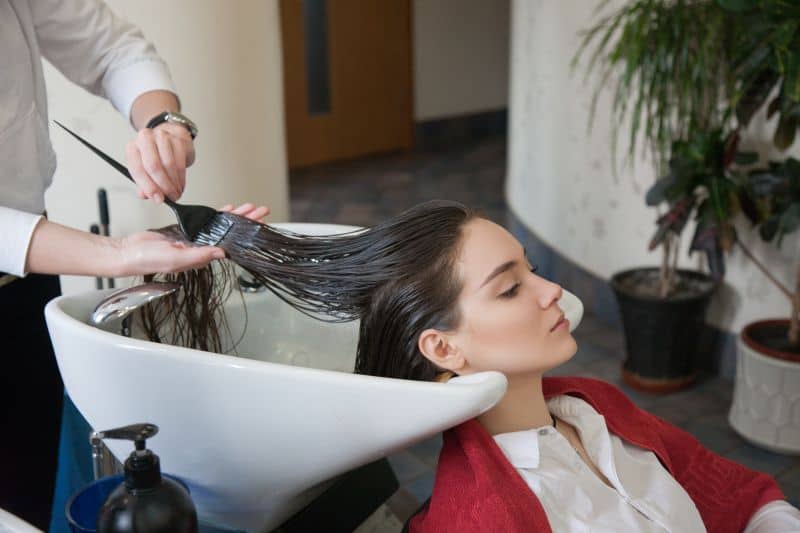
Using a Bond Rebuilder while Removing Hair Color That’s Dyed Too Dark
There are many bond rebuilders on the market, usually, they are added into a color formula or lightening bleach to help keep the hair in good condition while treating them with chemicals.
It replaces broken bonds whilst coloring, so perfect to counteract aggressive bleaches. Please remember that using bond re-builders helps the process they are not a magic formula that means you can defy the laws of hair color, speak to your hair colorist about your hair lightening options. Also, bond rebuilders sometimes have a treatment-only option so you can top up the broken bonds in-between color treatments or, take a top-up product home to keep on top of your hair condition.
How to Lighten Hair Dyed Too Dark
If the hair Has been colored dark as a one-off and you were previously light, you may be able to use some more gentle forms of hair color removal, also if your hair is slightly porous, this can help with the color fading.
So, you tried something new and you can’t get on with it. Removal of darker colors is still difficult, but you may get away with the use of a color pigment remover. These claim to remove the artificial color pigment and leave the hair’s natural pigment. However, if you have used permanent color, that process sometimes removes your natural pigment slightly and replaces artificial tones in the hair. So, what’s left underneath may not be your natural tone. I recommend booking a color removal with a second color process to tone the results you get. Actually, with any color removal, I recommend 2 appointments in one sitting as it is color correction.
How to Remove Toner That Went Too Dark
Sometimes this can be a simple fix that requires patience. You can use more aggressive shampoos, or semi-permanent dyes, or wait for the natural fade of a toner.
It happens from time to time we experiment, and our results are not as expected. If you’re thinking toner made my hair too dark, I usually recommend a clarifying shampoo and a good hair treatment. Continual use of a clarifying shampoo can remove toners, but also remove moisture in the hair so please balance this with a good moisture treatment to keep your hair shiny and smooth. Toners are a semi-permanent tone, that usually fades out and lasts 2-5 weeks, so I would consider waiting it out too.
How to Correct Too Dark or Bright Hair Color That’s More Temporary
So, if your hair color is way too intense, but it’s a toner, semi-permanent or temporary color, I have seen hairdressers use an alternative technique with demi-permanent clear color.
The place where hair color particles sit determines if hair color is temporary, semi, or permanent. The stronger the color the deeper it goes into the hair structure. By using a demi-permanent, it can push out temporary or semi-color. Not always, but it’s worth a try, I have used a demi clear so it has no tone but gives the shine effect to hair and if you use this over light tones, can pull the toner out.

